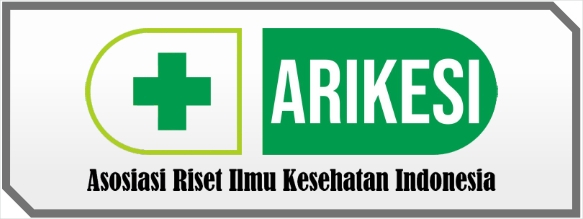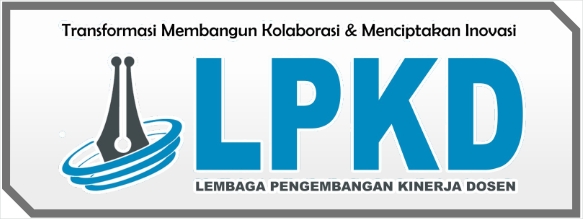Hubungan Karakteristik Terhadap Pemilihan Alat Kontrasepsi Jangka Panjang Pada Wanita Usia Subur (WUS) Di Wilayah Kerja Polindes Kefa Utara Kab. TTU, Prov. NTT
DOI:
https://doi.org/10.55606/klinik.v2i3.1926Kata Kunci:
Contraception, MKJP, CharacteristicsAbstrak
Contraception is the prevention of pregnancy that the wearer is aware of. Contraception is used to limit the population and ensure the availability of natural resources so as to maintain the quality of human life. The purpose of this research is to study and explain the relationship between characteristics and the choice of long-term contraception in women of childbearing age in the Working Area of the North Kefa Polindes, North Central Timor District, East Nusa Tenggara Province. This research method is quantitative with a cross sectional approach. The sampling technique uses accidental sampling. The population is 830 WUS and the sample is 106 WUS. This study found that 35.80% of WUS used MKJP alkon. The results of the bivariate analysis showed that the variables that were significantly related were education, occupation, family income and number of children, and the most dominant variable in choosing long-term contraception was family income. The conclusion of the family income variable that shows the most dominant in the selection of long-term contraception.
Referensi
Affandi, B. dkk (2013) Buku Panduan Praktis Pelayanan Kontrasepsi. Jakarta: PT. Bina Pustaka Sarwono Prawirohardjo.
BKKBN (2016) ‘Profil Kesehatan Tahun 2015’. Jakarta: BKKBN.
BKKBN (2020) ‘Rencana Strategi BKKBN 2020-2024’. Jakarta: BKKBN.
Dewi, S. (2011) Asuhan Kehamilan untuk Kebdidanan. Jakarta: salemba medika.
Desitavani, S. and Rohmah, F. (2017) ‘Faktor-Faktor yang berhubungan dengan Pemilihan Alat Kontrasepsi Intra Uterine Devices (IUD) pada Ibu di Kecamatan Bantul Yogyakarta’.
Kemenkes RI (2020) ‘Panduan Pelayanan Keluarga Berencana dan Kesehatan Reproduksi Dalam Situasi Pandemi COVID-19’, kemenkes RI, p. 5.
Mulyani and Rinawati (2013) Keluarga Berencana dan alat kontrasepsi. Yogjakarta: Nuha Medika.
Manuaba, I. B. . (2010) Ilmu Kebidanan, Penyakit Kandungan dan KB untuk Pendidikan Bidan. Jakarta: EGC.
Notoatmodjo, S. (2018) Promosi Kesehatan Teori dan Aplikasinya. Jakarta: Rineka Cipta.
Rohmah, H. and Sari, W. (2019) ‘MINAT PASANGAN USIA SUBUR MEMAKAI ALAT KONTRASEPSI DALAM RAHIM’, Jurnal Ilmiah Maternal, 3(2). Available at: https://ejurnal.stikesmhk.ac.id/index.php/jurnal_ilmiah_maternal/article/view/754 (Accessed: 27 April 2021).
Supriadi (2017) ‘Skripsi faktor yang berhubungan dengan penggunaan alat kontrasepsi pada pasangan usia subur di wilayah kerja puskesmas kapasa’.


















